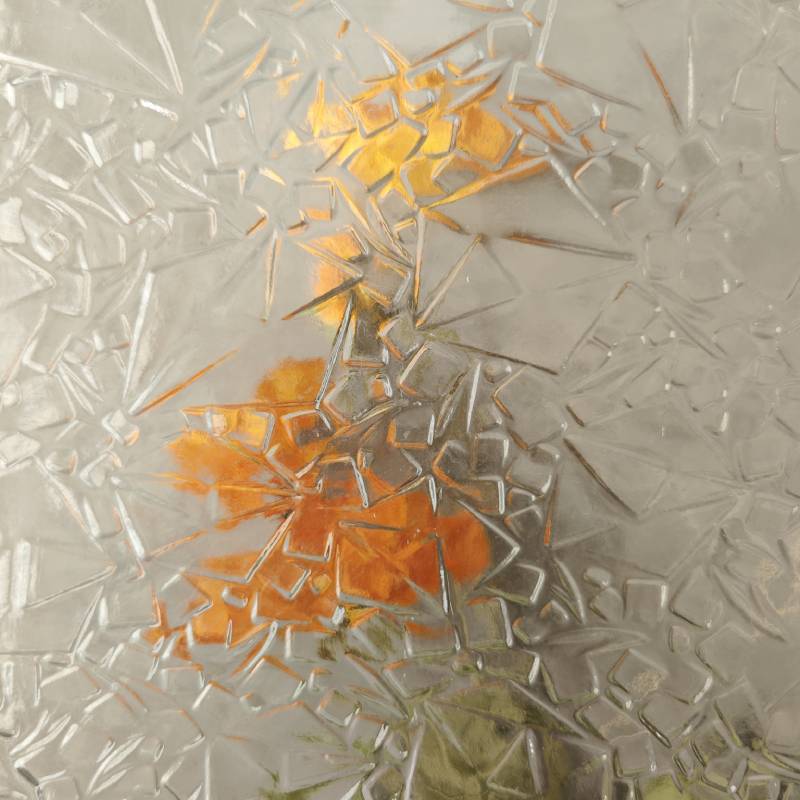

The Rise of Ultra Clear Float Glass A Closer Look
In recent years, the architectural and design industries have witnessed an increasing demand for materials that fuse aesthetics with functionality. Among these, ultra clear float glass has emerged as a standout choice due to its remarkable optical clarity and versatility. This article explores the characteristics, benefits, applications, and the future of ultra clear float glass.
What is Ultra Clear Float Glass?
Ultra clear float glass, also known as low-iron glass, is a type of flat glass that reduces the green tint commonly found in standard glass. This is achieved by minimizing the presence of iron oxide in the raw materials used for its production. The manufacturing process involves floating molten glass on molten tin, which results in a smooth, flat surface. This glass type is characterized by its high transparency and low distortion, making it ideal for applications where clarity is paramount.
Benefits of Ultra Clear Float Glass
One of the primary advantages of ultra clear float glass is its exceptional clarity. With a light transmission of up to 91% or higher, it allows more natural light to penetrate indoor spaces, creating bright and inviting environments. This is particularly appealing for architectural projects, where maximizing daylight can significantly enhance the overall aesthetic and reduce energy consumption.
Furthermore, ultra clear float glass has a lower reflection rate compared to standard glass. This allows for accurate color representation and a true-to-life experience, making it an ideal choice for display cases, museum exhibits, and galleries. Artists and designers increasingly prefer ultra clear glass to showcase their works without any color distortion, ensuring that the intended message and aesthetic are communicated effectively.
Another noteworthy benefit is its versatility. Ultra clear float glass can be treated and processed in various ways, including tempering, laminating, and coating, which enhances its durability and performance in different environments. This adaptability makes it suitable for a wide range of applications, from residential buildings and commercial spaces to automotive and industrial uses.

Applications of Ultra Clear Float Glass
The applications of ultra clear float glass are diverse and dynamic. In architecture and construction, it is often utilized for facades, curtain walls, doors, and windows. Its high transparency allows architects to create a seamless connection between indoor and outdoor spaces, fostering a sense of openness and tranquility.
In the automotive industry, ultra clear glass is used for windshields and windows, ensuring optimal visibility and safety for drivers and passengers alike. The automotive sector values the clarity and aesthetic appeal that ultra clear float glass brings to modern vehicle designs.
Retail and exhibition spaces have also embraced ultra clear float glass for displays and showrooms. Its clarity ensures that products are showcased effectively, enhancing the customer experience while reinforcing brand image. High-end retailers, in particular, see the value in using ultra clear float glass to create striking displays that attract consumers.
Additionally, ultra clear float glass is becoming increasingly popular in the fabrication of furniture and interior design elements. Items such as glass tables, shelves, and partitions benefit from the material’s understated elegance, providing a contemporary touch to various aesthetic styles.
The Future of Ultra Clear Float Glass
As the demand for environmentally friendly and sustainable building materials continues to grow, ultra clear float glass is well-positioned for the future. The ability to harness natural light not only contributes to energy efficiency but also enhances the wellbeing of occupants in residential and commercial spaces. Advances in glass technology, including innovations in coating and energy efficiency, promise to further expand the capabilities of ultra clear float glass.
In conclusion, ultra clear float glass is a material that marries beauty with practicality. Its unparalleled transparency, versatility, and aesthetic appeal make it an invaluable asset across various industries. As we continue to seek solutions that enhance our built environments while being mindful of our ecological footprint, ultra clear float glass is likely to remain at the forefront of architectural and design innovation. Its rise is not merely a trend but a reflection of our collective aspiration for spaces that inspire and uplift.